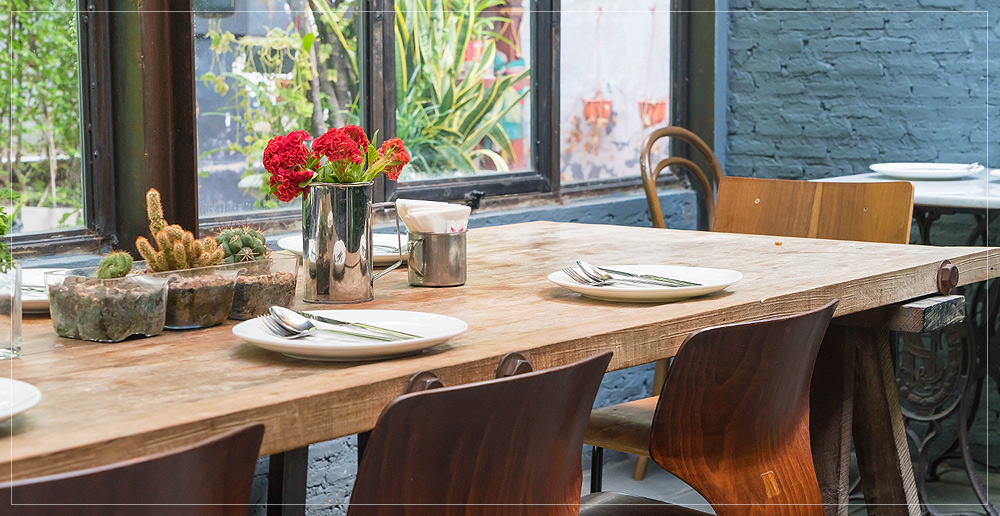
The Role of Sustainability in Modern Interiors
In an era marked by heightened environmental awareness, the concept of sustainability has transcended from being a mere trend to becoming a fundamental principle that shapes various aspects of our lives. This is particularly evident in the field of interior design, where the role of sustainability in modern interiors has taken center stage. From residential spaces to commercial establishments, the integration of sustainable practices has revolutionized the way spaces are conceived, designed, and experienced.
A Paradigm Shift in Design Philosophy
The traditional approach to interior design often prioritized aesthetics and functionality over environmental considerations. However, the growing understanding of the ecological footprint and the urgency of addressing climate change have led to a paradigm shift in design philosophy. Modern interior designers are now embracing sustainability as a guiding principle, weaving eco-consciousness into every aspect of their creations.
Materials: Beyond Aesthetics
One of the most significant contributions of sustainability to modern interiors lies in the selection of materials. Sustainable interior design emphasizes the use of eco-friendly, non-toxic, and renewable materials. Designers are opting for materials like reclaimed wood, recycled metals, natural fibers, and low-VOC paints. These choices not only reduce the environmental impact but also create healthier indoor environments, free from harmful chemicals and emissions.
Energy Efficiency and Conservation
Energy-efficient design solutions have become a cornerstone of sustainable interior design. With technological advancements, designers are incorporating smart lighting systems, energy-efficient appliances, and innovative insulation methods. These measures not only reduce energy consumption but also contribute to lower utility bills, making sustainability a win-win for both the environment and the occupants.
Minimizing Waste through Upcycling
Sustainability in modern interiors is not solely about the use of eco-friendly materials; it extends to innovative approaches like upcycling. Upcycling involves repurposing discarded or unused items to create functional and aesthetically pleasing elements within a space. This practice not only reduces waste sent to landfills but also adds a unique, personalized touch to interiors.
Biophilic Design: Nature Indoors
Biophilic design, inspired by the innate human connection to nature, is another integral aspect of sustainable interiors. Incorporating natural elements such as indoor plants, natural light, and organic textures not only enhances the visual appeal of spaces but also promotes occupant well-being. Research suggests that biophilic design can reduce stress, boost creativity, and enhance overall mental and physical health.
Longevity and Timeless Design
Sustainable interior design encourages longevity and timelessness over fleeting trends. By focusing on durability and versatility, designers are creating interiors that stand the test of time, reducing the need for frequent renovations or replacements. This approach aligns with the principles of sustainability by reducing the consumption of resources and minimizing waste.
A Holistic Approach
Perhaps the most compelling aspect of sustainability in modern interiors is its holistic nature. Sustainable design is not limited to a single facet; it encompasses a comprehensive approach that considers environmental, social, and economic factors. Designers are increasingly collaborating with manufacturers, artisans, and clients to create spaces that reflect not only personal style but also a commitment to a more sustainable future.
Conclusion
The role of sustainability in modern interiors is far from superficial; it’s a powerful force that’s reshaping the design landscape. From material selection and energy efficiency to waste reduction and biophilic design, sustainability permeates every facet of interior design. As the world seeks innovative solutions to address pressing environmental challenges, sustainable interior design stands as a testament to the power of creativity, innovation, and conscious decision-making in creating spaces that are not only beautiful but also responsible and resilient.



